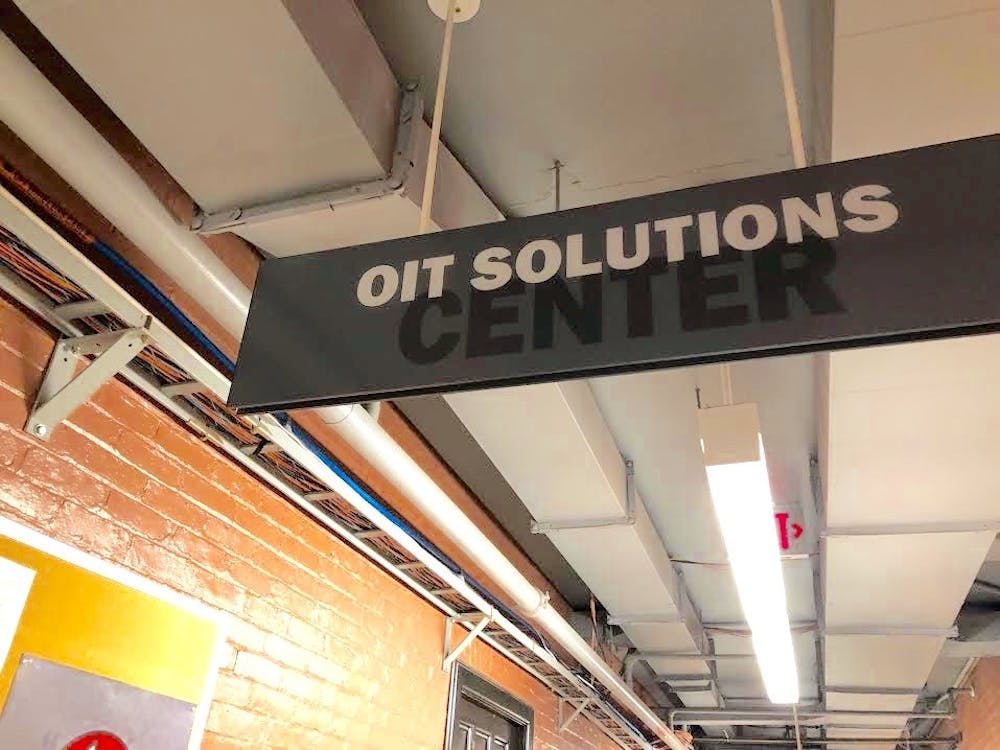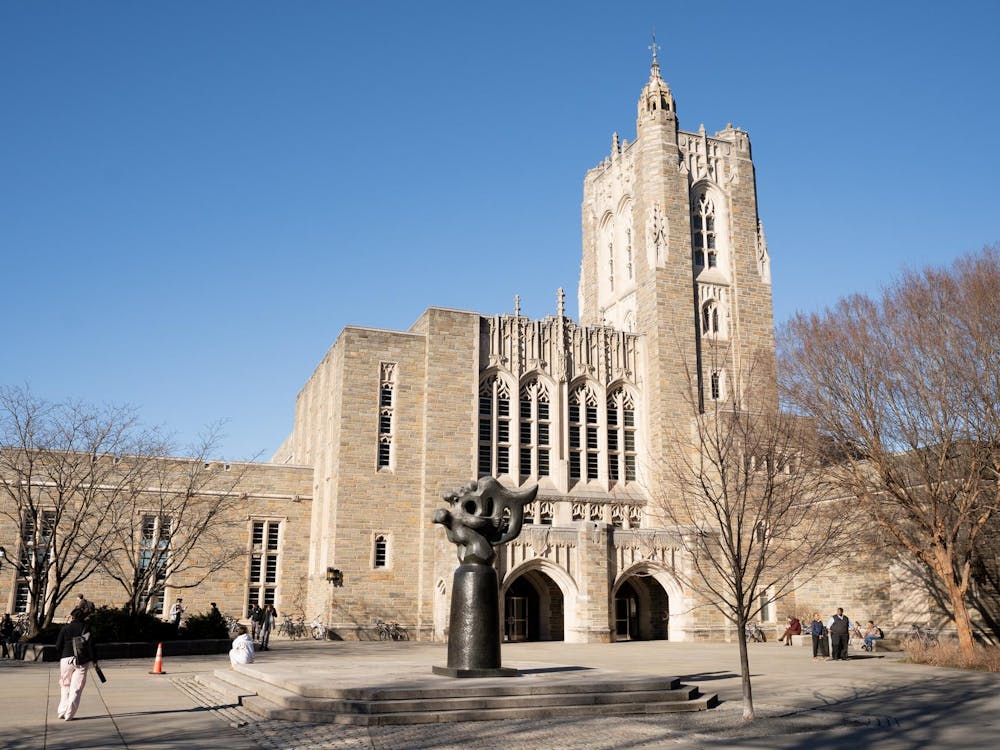On July 4, President Trump signed a budget reconciliation bill that has been cited as “the largest upward transfer of wealth in American history.” It is, unsurprisingly, a tax cut for the wealthy paid for mostly by cuts to existing programs, including Medicaid, clean energy tax credits, and food stamps.
And 8 percent of Princeton’s endowment returns, every year.
That’s from a massive increase to the existing tax on university endowment returns tucked into the omnibus legislation. Considering the 9.2 percent average endowment return over the past 10 years, the new tax could cost Princeton a fortune.
Because certain types of investment returns are exempt from taxes, it’s not entirely clear what Princeton’s financial burden would be exactly, and a University spokesperson declined to provide the amount Princeton currently pays on the 1.4 percent tax.
However, the president of Yale University, which will also be hit by the higher tax, has estimated that it would cost Yale $280 million in just its first year. (Princeton’s endowment in 2024 was about $34.1 billion, while Yale’s was slightly bigger, at about $41.4 billion.) And the American Enterprise Institute (AEI) has estimated Princeton’s tax liability for 2026 at $217.4 million.
University President Christopher Eisgruber ’83 has warned that increasing the endowment tax would be devastating for the University. In his State of the University letter, he wrote that such a tax would make it “much harder to make long-term commitments that depend on annual endowment spending, such as expanding financial aid.” Whatever the exact impact is, it is certain to deal a blow to student financial aid, research programs, and other University initiatives.
According to the legislation, institutions will have to pay 8 percent on endowment returns if they have “at least 3,000 tuition-paying students” and “a student adjusted endowment in excess of $2,000,000.”
Princeton checks all the boxes. So, we have to pay. Right?
Actually, maybe not. Instead, Princeton could not only preserve its financial aid programs, but expand them — and potentially render itself exempt from taxation under the new law. By reducing the number of “tuition-paying students” to 2,999 or less, Princeton would become exempt from the tax. (But don’t worry, dear reader, you aren’t getting expelled.)
You see, existing law stipulates that “Whether a student is tuition-paying is determined after taking into account any scholarships and grants provided directly by the educational institution.” So students on full financial aid — or even students whose financial aid totals at least the total cost of tuition and fees ($65,210) — don’t count as tuition-paying students under the law.
The bad news for Princeton: The University currently has more than 3,000 students that pay tuition. The good news: It might not be much more than that.
A University spokesperson declined to provide information to The Daily Princetonian about how many undergraduate and graduate students are “tuition-paying.” But we can make some rough estimates.

According to The Daily Princetonian Frosh Survey over the past several years, out of 5,726 undergraduate students, about 40 percent have household incomes under $125,000. That means their expected family contributions are generally less than the cost of tuition, according to Princeton’s own estimates of expected family contributions. While there are students whose households earn more than that and still don’t pay tuition, this estimate gives us about 3,450 tuition-paying undergraduates.
Princeton’s Ph.D. students receive full tuition as long as they are progressing through their degree at a reasonable pace. Master’s students in the School of Public and International Affairs also receive full funding. Based on the University’s enrollment data, that leaves at most 400 graduate students who would have to pay some amount of tuition (with many of them receiving some form of aid along the way). Princeton is different in this way: It lacks a law school, medical school, or other large pre-professional graduate programs.
This all means that by expanding financial aid for about 850 undergraduate students, Princeton could put itself below the small-college threshold for the tax. Since these students already receive partial aid, bumping them up to the $65,210 line would not necessarily be too expensive. Even if those students hypothetically receive no financial aid at all, the maximum price tag would be about $60 million.
But it’s probably less than that. Based on survey data from the ‘Prince,’ there are far more than 850 undergraduates with household incomes between $125,000 and $250,000, meaning their current cost of attendance is around $37,500 or less. To bring each one below the tuition-paying threshold would cost about $12,000 per student — for a total cost of just over $10 million.
The University would also likely need to stop accepting external scholarship money for students, as this makes them “tuition-paying” in the eyes of the law — something that would become perhaps just another idiosyncrasy of going to Princeton.
There are a lot of uncertainties here, and these are all back-of-the-envelope estimates. It’s not clear exactly what our true endowment tax burden would be, as there are lots of ways for Princeton to shelter its money from taxes. However, tax sheltering could mean that “fewer resources would be available to students, especially those who would benefit the most from support,” as the Tax Policy Center notes.
Expanding financial aid would achieve the opposite effect, expanding support and increasing available resources. And if Princeton’s tax liability is anything near the $217.4 million figure estimated by AEI (or even a tenth of that), increasing financial aid could be a bargain in comparison.
In 2017, powerful Republicans associated with the endowment tax passed that year said that it was intended to encourage universities to use endowment funds to make college more affordable. This year, the current chairman of the House Ways and Means Committee justified the increased tax as a way to hold “elite, woke universities and nonprofits accountable.” But it won’t accomplish that. Instead, it could force universities to cut important programs in order to pay the tax that will redistribute wealth to America’s most elite class.
It may finally be in Princeton’s financial interest to do what’s right for its present and future students. With this poisonous legislation comes a potential antidote that can simultaneously improve the outcomes of the student body and the longevity of the university.
If the numbers line up, it’s a no-brainer. Expand financial aid — it’s what this moment demands. Let’s get it done.
Isaac Barsoum ’28 is a sophomore prospective Politics major from Charlotte, N.C., who thinks Princeton shouldn’t subsidize tax breaks for billionaires. You can read his column here. You can reach him at itbarsoum[at]princeton.edu.








